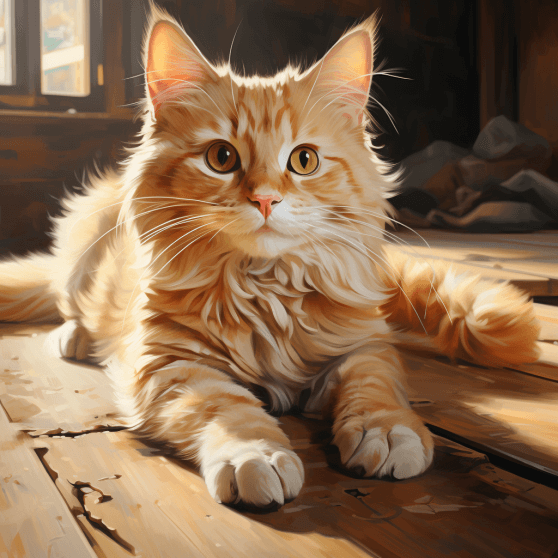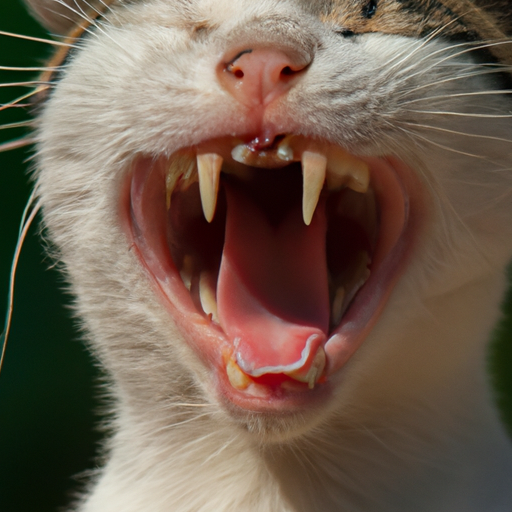Why Do Cats Knead?
You’re probably curious about why cats knead, right? Well, you’re in luck because that’s exactly what we’re going to explore in this article! You’ll soon understand the reasoning behind this cute, albeit peculiar, cat behavior. Trust us, by the end of this, you will be a walking cat encyclopedia. So, are you ready for a purr-fectly enlightening discovery?
Why Do Cats Knead? Exploring the Soothing Instinct Behind This Feline Behavior
Cat owners often observe their feline companions rhythmically pressing and releasing their paws, as if they are kneading invisible dough. This distinctive treading motion that cats make is commonly referred to as “making biscuits” or simply kneading. But why do cats demonstrate this instinctive behavior, even into adulthood? This article dives into the various theories behind the calming ritual of feline kneading.
Key Takeaways
- Kneading originates from nursing kittens stimulating milk production.
- Happy cats demonstrate relaxed kneading with purring and gentle treading.
- Cats often knead soft, warm, familiar surfaces they find comforting.
- Rough, constant kneading may indicate stress or anxiety instead.
- With training and enrichment, undesirable kneading can be reduced.
Origins in Nursing Kittens
Kneading originates from the time when kittens nurse from their mothers. Nursing kittens will instinctively knead and tread the mother’s teats in a rhythmic motion. This stimulates the let-down of milk for feeding. Kittens are born with an innate suckling reflex and kneading helps satisfy this inborn need while also ensuring they get fed. So kneading becomes imprinted early in a kitten’s life as part of the nursing process.Even after kittens grow older and are weaned, many continue to knead objects or people, associating the motion with soothing feelings of nursing and comfort. Thus, an early life imprinting drives this lifelong kneading behavior.
Signs of Relaxed, Content Kneading
When cats knead while in a calm, peaceful mood, they demonstrate a relaxed kneading style:
- Purring while kneading shows the cat is happy
- Gently alternating between paws rather than frantic pawing
- Kneading for a few moments then taking a break
- Half-closed eyes and slow blinking during kneading
- Outstretched paws without claws extended
- Kneading while laying down or falling asleep
These signs indicate your cat is serenely enjoying the kneading experience without any stress or aggression.
Why Cats Choose Specific Kneading Surfaces
Cats often pick warm, soft, familiar surfaces for kneading that comfort them:
- Blankets or Pillows – Soft, scented fabric is soothing.
- Cat Beds – Designed for feline comfort preferences.
- Your Lap – Warmth and scent of owner is calming.
- Stuffed Animals – Soft texture to grab with claws.
- Furniture – Warm familiar spots cats associate with comfort.
These surfaces likely replicate the softness and warmth of their mother’s fur. Your scent and presence can provide similar reassurance.
Behaviors Connected to Kneading
In addition to kneading, relaxed cats may demonstrate other comforting behaviors:
- Purring – Expressing happiness and contentment.
- Suckling – Sucking motions on objects mimic nursing.
- Drooling – Associating kneading with nursing may induce drooling.
- Treading – Alternate back leg motions like nursing kittens.
- Circling – Finding the perfect spot before settling in.
- Closing Eyes – Feeling safe enough to drift into a meditative state.
These behaviors demonstrate cats link kneading to soothing, peaceful feelings.
Stress Related Kneading
While kneading is usually positive, excessive, rough kneading can signal anxiety:
- Excessive Force – Digging claws and frantic pawing indicates stress.
- Nonstop Rapid Kneading – Doesn’t take breaks between bursts.
- Biting or Scratching – Aggression alongside kneading is concerning.
- Dilated Pupils – A sign of fear or stress.
- Agitated Meowing – Unhappy vocalizations.
- Ears Back – Another sign of anger or anxiety.
If your cat seems distressed while kneading, redirect them to a calming activity. Ensure their environment is not causing stress.
Training Tips for Kneading
You can discourage undesirable kneading through training:
- Redirect to a proper kneading surface like a blanket. Reward them for using the right spot.
- Ignore unwanted kneading rather than reinforcing it.
- Reward calm kneading on designated soft surfaces.
- Discourage rough, frantic kneading by ending the interaction.
- Make sure your cat gets sufficient playtime to meet their instinctive needs.
With patience and consistency, you can reshape kneading into an occasional affectionate gesture rather than a constant nuisance.
Resources
- Why Do Cats Knead? – ASPCA article
- Cat Kneading Explained – Petfinder article
- How to Stop Excessive Kneading – Tips from The Spruce Pets
- Cat Kneading and Purring – Insights from WebMD
The next time you see your cat happily making biscuits, appreciate this instinctive gesture of contentment. With the right training approach, you can both enjoy this soothing bonding ritual.







